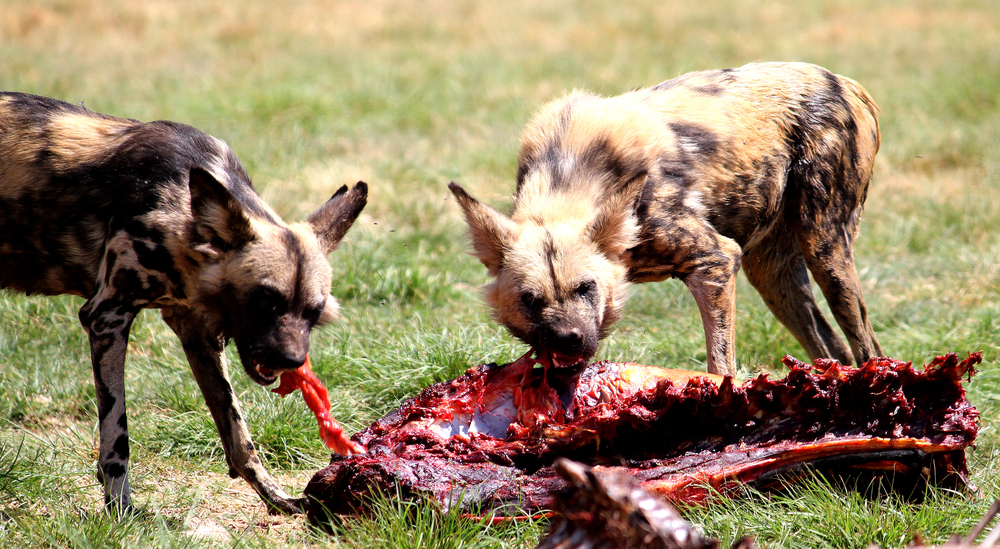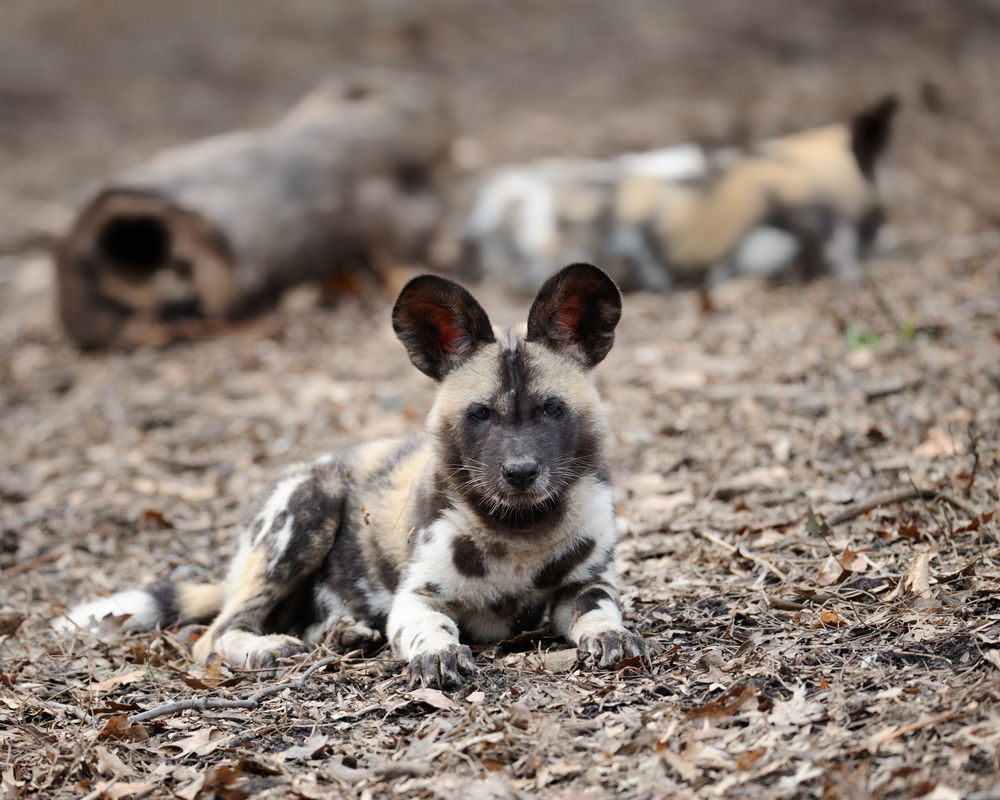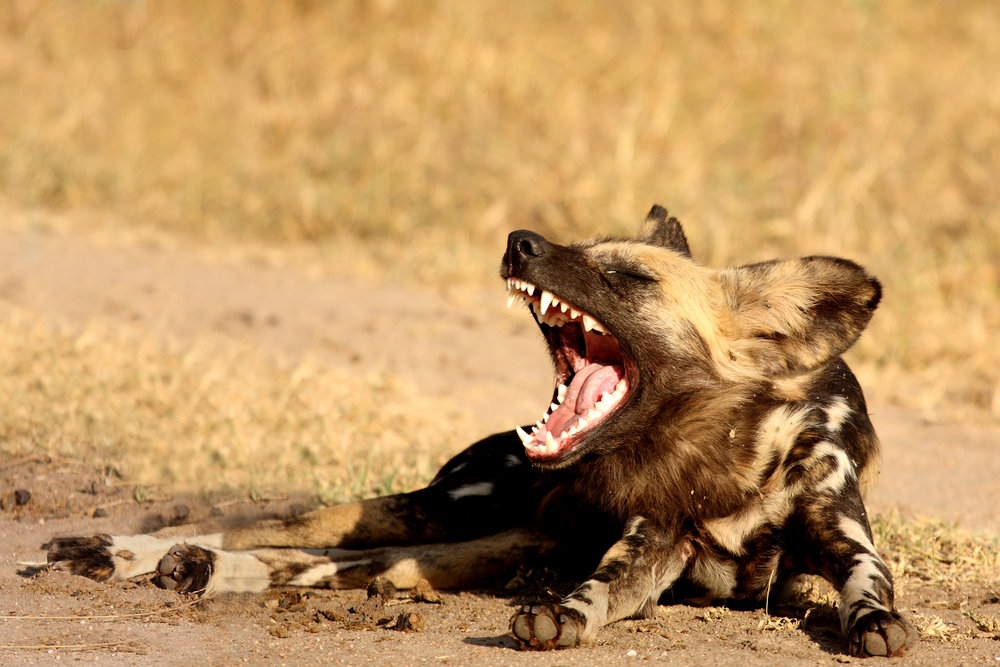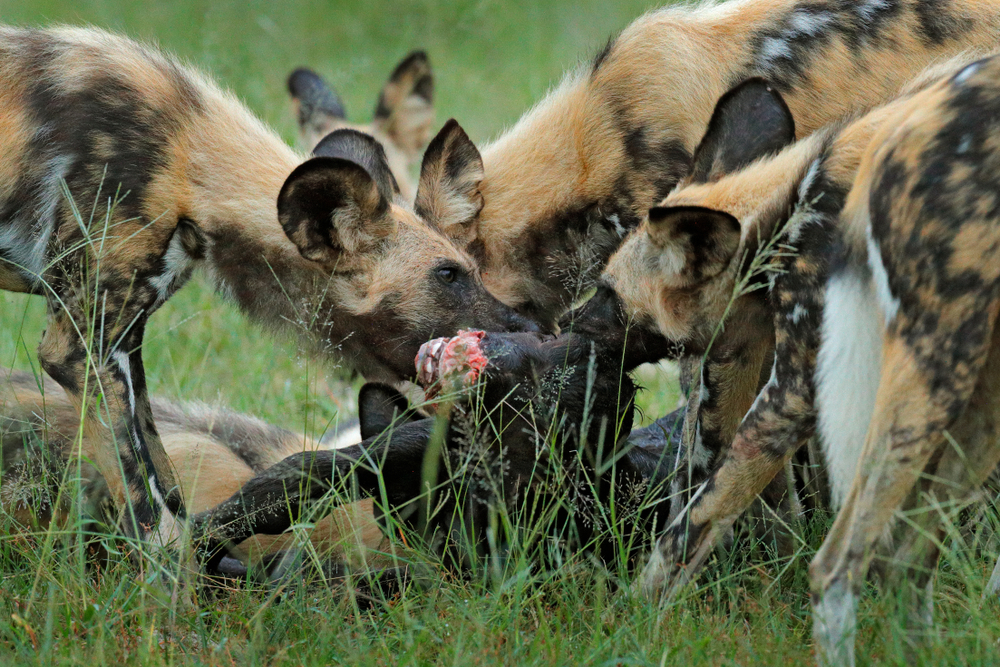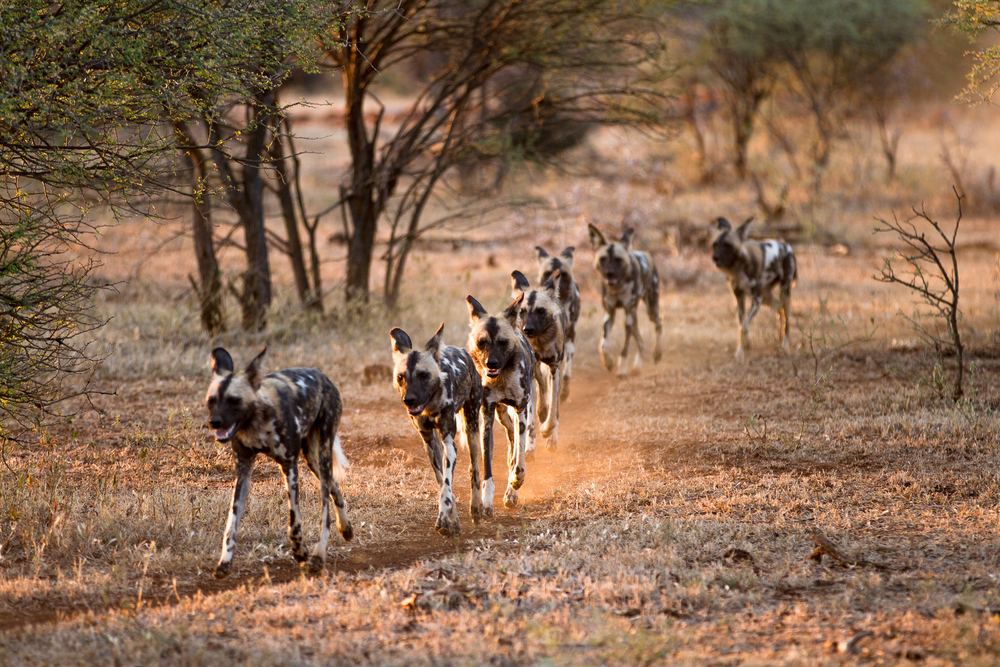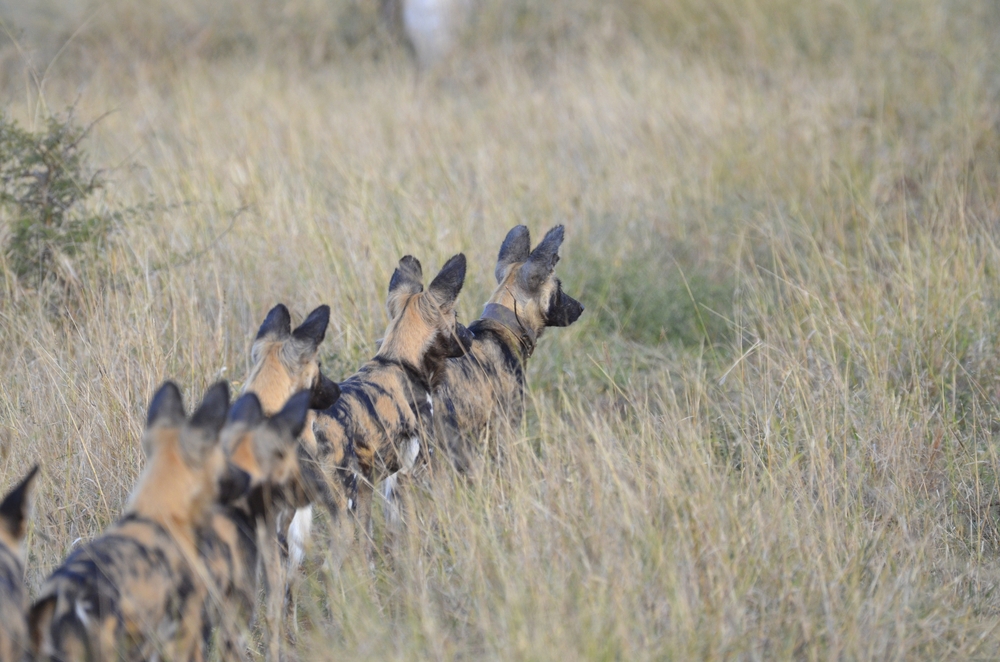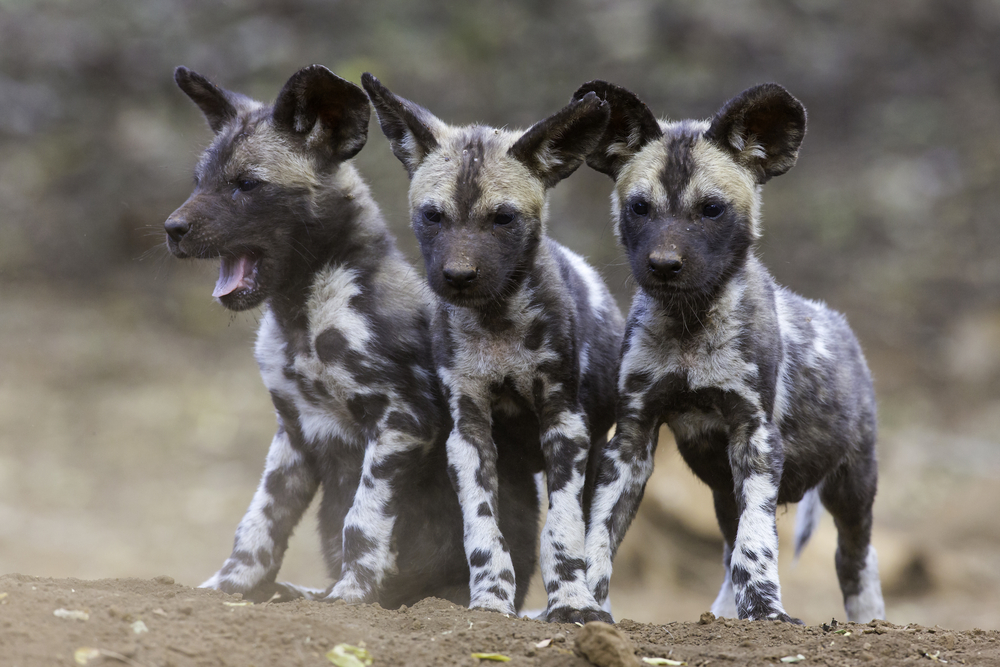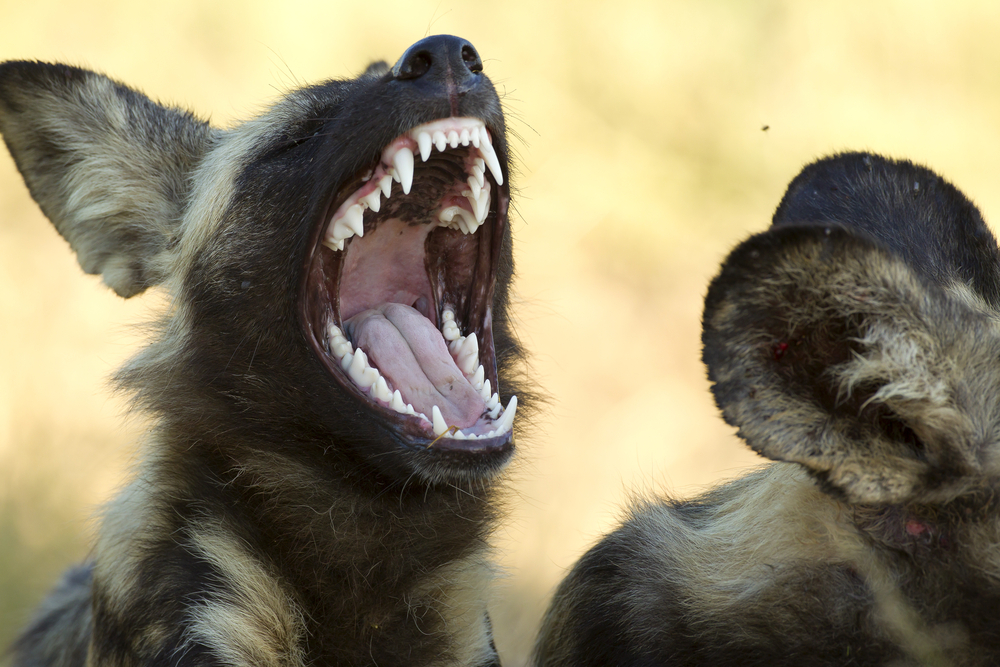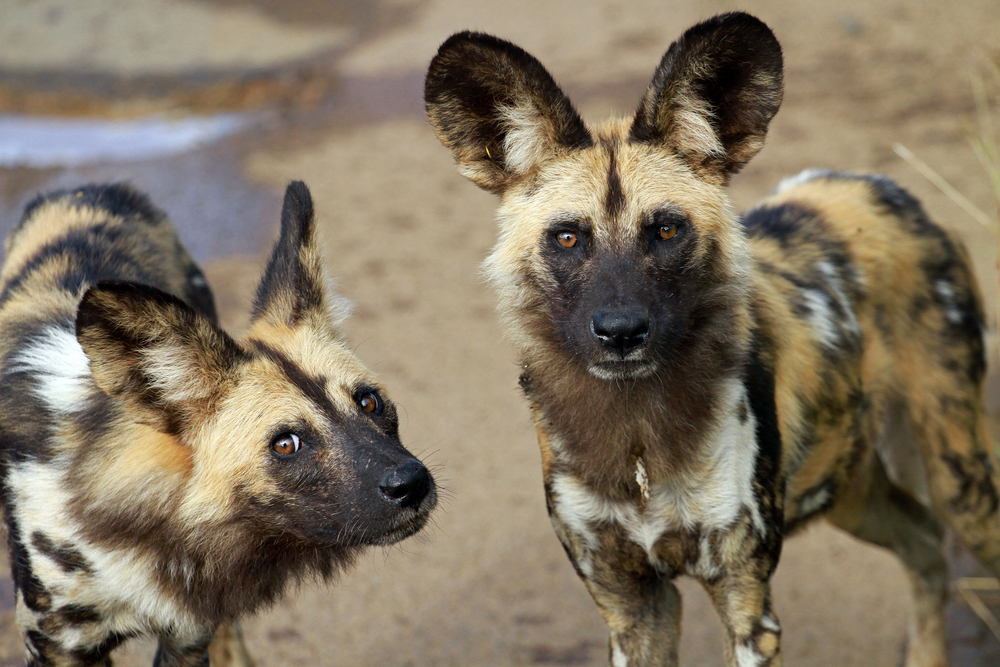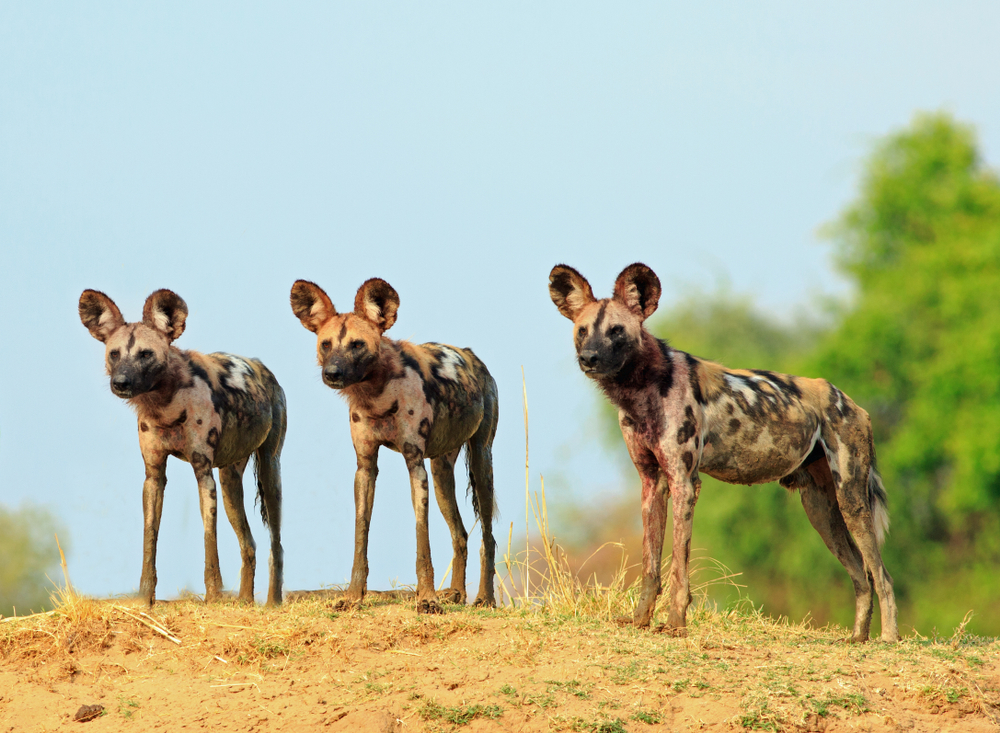African wild dogs, scientifically known as Lycaon pictus, differ from other dogs in several ways:
- Unique Coat Pattern: African wild dogs have a distinctive coat pattern with a mix of irregular patches of black, brown, white, and yellow fur. Each individual has its own unique coat, similar to a fingerprint, making them easily distinguishable.
- Large Ears: They have large, rounded ears compared to other canids. The prominent ears play a role in their exceptional hearing, aiding communication within the pack during hunts.
- Fewer Toes: African wild dogs have only four toes per foot, unlike other dogs that typically have five. This trait is considered a primitive characteristic among canids.
- Sociable Pack Behavior: African wild dogs are highly social animals, living and hunting in packs. Their cooperative hunting strategy involves effective communication and sharing of food among pack members.
- Specialized Dentition: They have fewer teeth than other canids, with large, carnassial teeth adapted for slicing through meat. This dental specialization reflects their primarily carnivorous diet.
- Hypercarnivorous Diet: African wild dogs are hypercarnivores, meaning the majority of their diet consists of meat. They are skilled hunters, relying on teamwork and stamina to chase down prey.
- Conservation Status: Unfortunately, African wild dogs face severe conservation challenges, with declining populations due to habitat loss, diseases, and human-wildlife conflict. Conservation efforts are crucial to ensuring their survival.
These unique characteristics contribute to the African wild dog’s distinctiveness in the canine family.































































